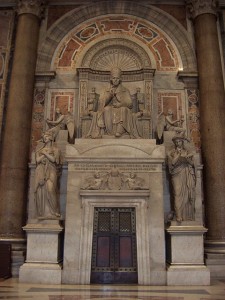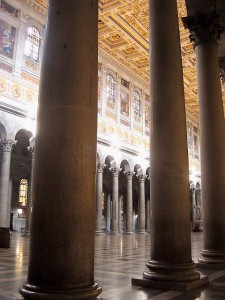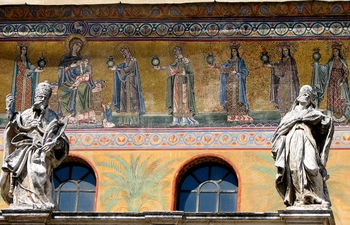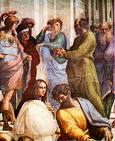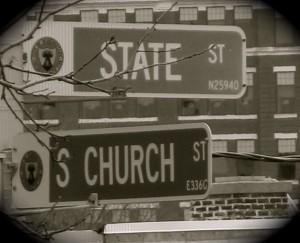 In the early church, debates on the divinity of Jesus and the nature of the Trinity were the talk of the town. The Church fathers record stories of these debates happening in the village square, in the market place and around kitchen tables. A debate is indeed swirling around town, not of the nature of dogma but nonetheless critical to the practice of our faith. In this debate, blogs are the new village square. Over the last couple of weeks in blogs and opinion pieces politicians, college presidents, attorneys, radio hosts, professors and people in the pew have weighed in on how same-sex marriage legislation will alter Catholic Charities partnership with the city.
In the early church, debates on the divinity of Jesus and the nature of the Trinity were the talk of the town. The Church fathers record stories of these debates happening in the village square, in the market place and around kitchen tables. A debate is indeed swirling around town, not of the nature of dogma but nonetheless critical to the practice of our faith. In this debate, blogs are the new village square. Over the last couple of weeks in blogs and opinion pieces politicians, college presidents, attorneys, radio hosts, professors and people in the pew have weighed in on how same-sex marriage legislation will alter Catholic Charities partnership with the city.
Under Consideration
I want to respond to Nancy Polikoff’s piece in the Washington Post in which she writes “that Catholic Charities is misleading the public about the impact of the D.C. marriage bill authorizing same-sex marriage.” http://voices.washingtonpost.com/local-opinions/2009/12/how_catholic_charities_could_l.html. The Archdiocese has explored a number of options talked about in the press;including “the San Francisco option” and Ms. Polikoff suggestion to move our health care plan under ERISA. Our research shows that the reality is that the U.S. Labor Department has released that ERISA only applies to pension benefits and not health care. This does not seem to hold promise as a real solution.
She also suggests that what might really be at issue is that Catholic Charities needs to cut its budget and is using the city as a “scapegoat” to deal with budget issues. Now, that seems just plain rude, especially in light of the fact that Catholic Charities recently received an award for its ethical and business standards. In a statement, Edward Orzechowski, President of Catholic Charities writes “everyone, from government to business to nonprofits, has reduced services and programs in this challenging economic environment, and sadly budget pressures will continue to impact everyone – her [Polikoff] comment is insulting to the dedicated staff and volunteers who serve at Catholic Charities every day.
Religious Liberty
As I blogged earlier, at the heart of this debate and at the heart of the Archdiocese’s concern is the erosion of religious liberty as the government increasingly imposes requirements on religious organizations in their policies. Under the narrow religious exemptions in the bill, Catholic Charities might become ineligible to partner with the government in the delivery of social services.
We desire to continue a partnership with the city that has successfully served those people most in need. We know that it would be next to impossible to continue the breadth of our services without this partnership. The language we are proposing insures the kind of religious exemption that is more consistent with existing protections and exemptions under the DC Human Rights Act, the Constitution and federal protective statutes.
It will not be a bad thing if issues related to religious liberty will be discussed with interest and passion around kitchen tables, at the water cooler and in the public forum because they are indeed critical to our practice of the faith.



